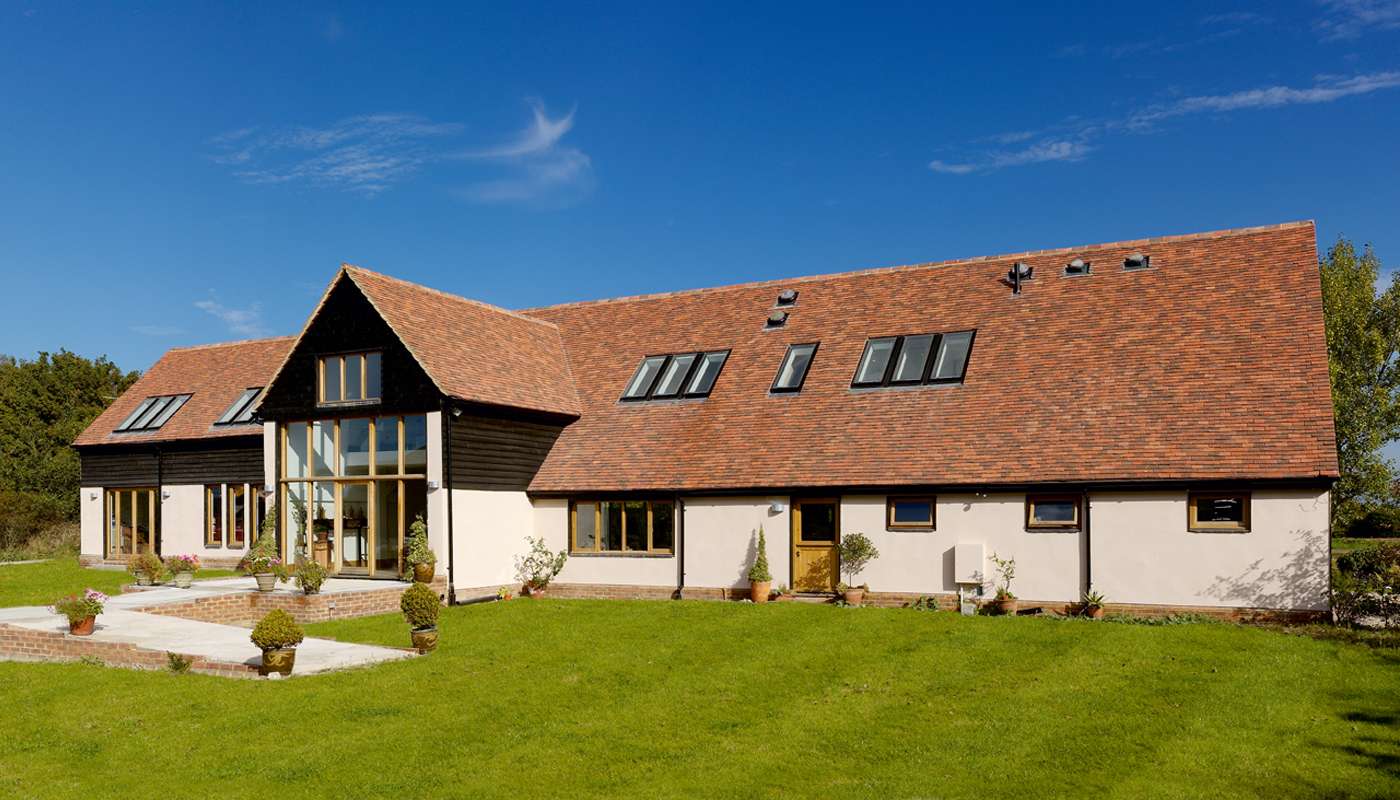
The conversion of barns and other disused farm buildings to residential use may bring unintended consequences on the tax front, says Saffery Champness.
Landowners or farmers with a barn or other redundant farm property that they wish to convert to residential use may find that the works qualify for five per cent reduced rate relief.
David McGeachy, a Partner at Chartered Accountants Saffery Champness, also a VAT specialist and a member of the firm’s Landed Estates and Rural Business Group, urges a cautious approach.
He says: "It is always sensible to discuss and agree VAT treatment with your builders before they start work and any payments are made. A check should also be made to see if planning permission restricts use of that property separate from the use of the farm as the works can fail the conditions for VAT relief on this basis.
"Also, not all costs qualify for relief, and the developer should budget for VAT at 20 per cent on professional fees, white goods and certain furnishings."
There can be instances where the works might be zero rated, for example if the barn is sufficiently demolished for the subsequent residential dwelling to qualify as new. Also, if the barn had been previously converted to a residential dwelling but has been empty for more than two years, it may be possible to gain five per cent relief on qualifying works for empty dwellings.
Where the purpose of the conversion is to lease the resulting dwelling on a short-term tenancy, if the lease is not greater than 21 years (or less than 20 years in Scotland), then the rent or premium is exempt but the VAT incurred on the conversion costs is not recoverable.
A further tax charge may arise where a purchaser buys a farm building for conversion as a second home and, further to the consultation on Stamp Duty Land Tax (LBTT in Scotland), it may be that an additional charge may apply.
